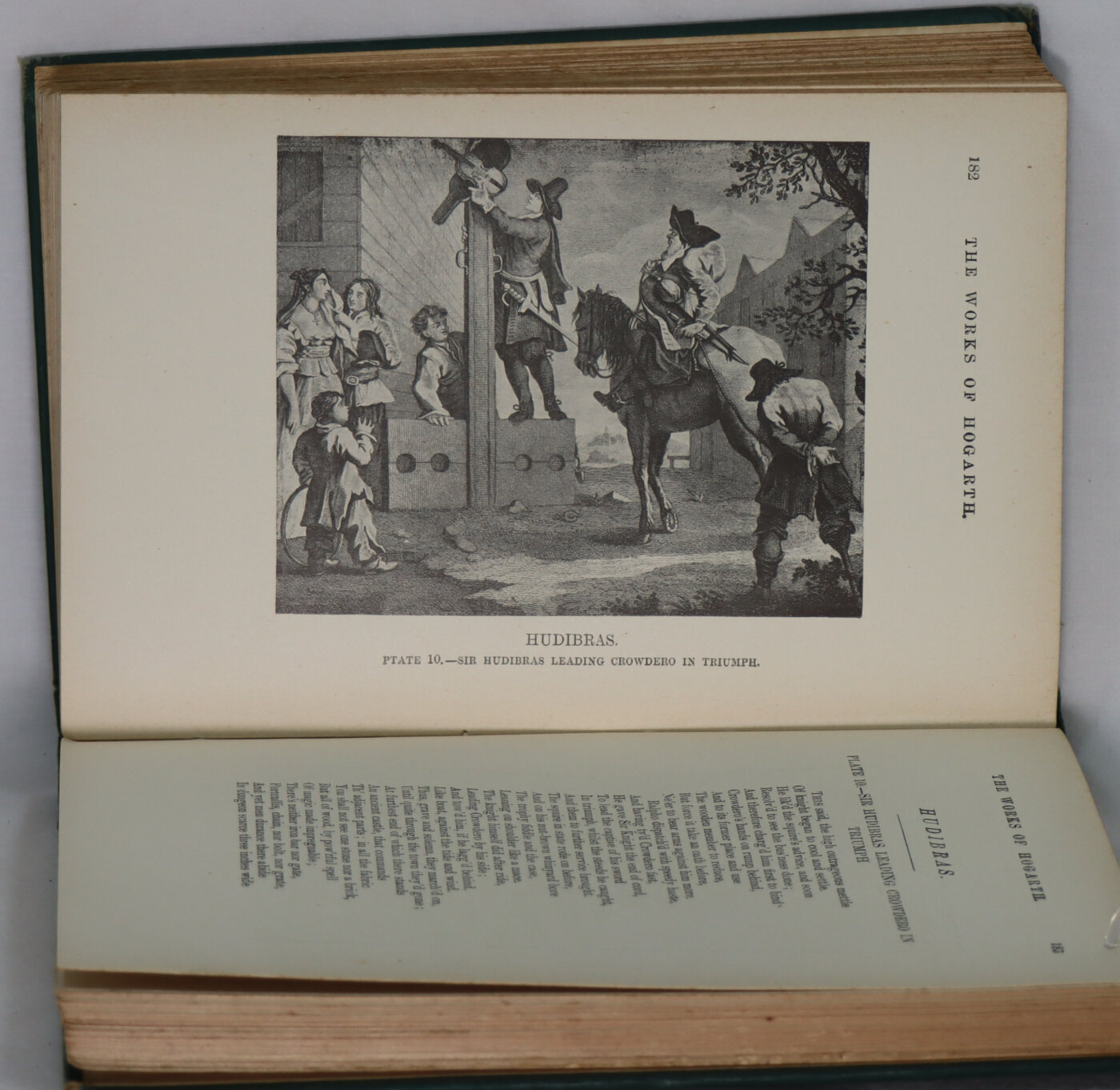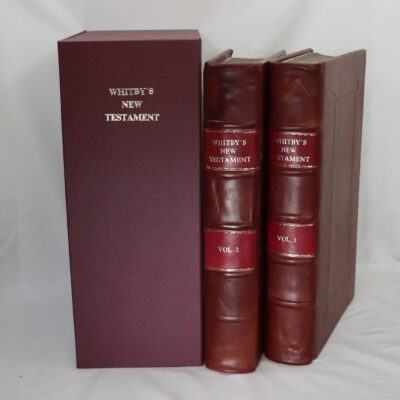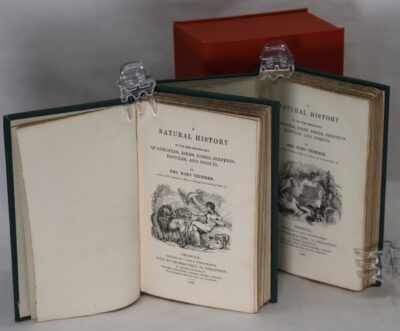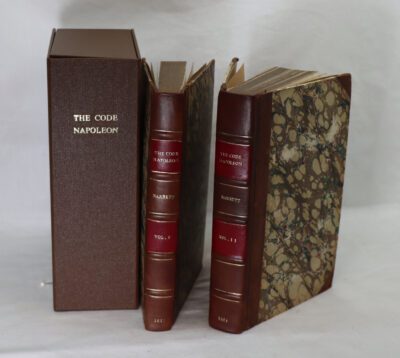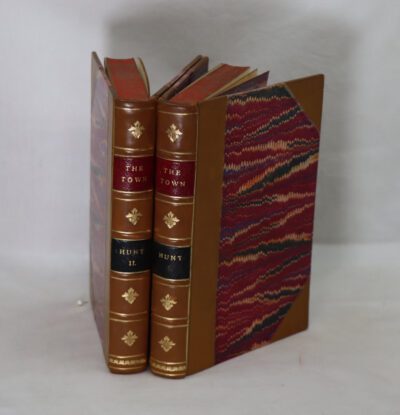The Works of Hogarth.
By Rev John Trusler
Printed: Circa 1920
Publisher: Simpkin Marshall Hamilton Kent & Co. London
| Dimensions | 15 × 22 × 4 cm |
|---|---|
| Language |
Language: English
Size (cminches): 15 x 22 x 4
Condition: Very good (See explanation of ratings)
Item information
Description
Green cloth binding with gilt title on the spine.
- We provide an in-depth photographic presentation of this item to stimulate your feeling and touch. More traditional book descriptions are immediately available.
- Note: This book carries a £5.00 discount to those that subscribe to the F.B.A. mailing list.
A lovely evocative book in good condition both for legibility and bindings.
William Hogarth FRSA (10 November 1697 – 26 October 1764) was an English painter, engraver, pictorial satirist, social critic, editorial cartoonist and occasional writer on art. His work ranges from realistic portraiture to comic strip-like series of pictures called “modern moral subjects”, and he is perhaps best known for his series A Harlot’s Progress, A Rake’s Progress and Marriage A-la-Mode. Familiarity with his work is so widespread that satirical political illustrations in this style are often referred to as “Hogarthian”.
Hogarth was born in London to a lower-middle-class family. In his youth he took up an apprenticeship with an engraver, but did not complete the apprenticeship. His father underwent periods of mixed fortune, and was at one time imprisoned in lieu of payment of outstanding debts, an event that is thought to have informed William’s paintings and prints with a hard edge.
Influenced by French and Italian painting and engraving, Hogarth’s works are mostly satirical caricatures, sometimes bawdily sexual, mostly of the first rank of realistic portraiture. They became widely popular and mass-produced via prints in his lifetime, and he was by far the most significant English artist of his generation. Charles Lamb deemed Hogarth’s images to be books, filled with “the teeming, fruitful, suggestive meaning of words. Other pictures we look at; his pictures we read.”
Revd John Trusler (1735–1820) was an eccentric English divine, literary compiler, and medical empiric. Among Trusler’s numerous publications is: Hogarth Moralized. Being a complete edition of Hogarth’s Works. Containing near fourscore copper plates,’ London, 1768, 8vo. This was published with the approval of the widow of the painter. There is a later edition, 2 vols., London, 1821, fol., with inferior impressions of the plates. The edition prepared by John Major, London, 1831, 8vo, contains a new set of plates, beautifully engraved. To the edition in two vols., 1838, 4to, ‘are added Anecdotes of the Author and his work by J. Hogarth and J. Nichols.’ Trusler’s explanations of the plates are likewise included in ‘The Complete Works of Hogarth,’ London, 1861.
Want to know more about this item?

Share this Page with a friend


